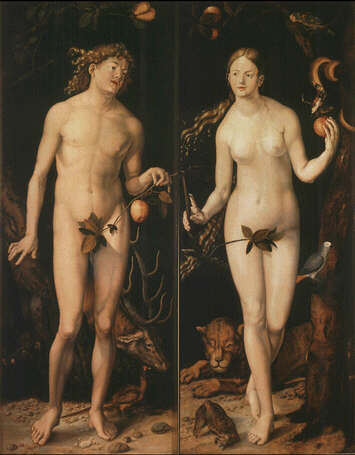
Triptych of Garden of Earthly Delights (left wing - detail)
Hieronymus Bosch
c. 1500
Museo del Prado, Madrid, Spain
This is a detail from the left panel of the famous Bosch triptych. This panel depicts Adam and Eve in the garden of Eden.
I am starting this blog simply to post my favorite art. I am not an art historian. I am an out of work psychologist. This is more of a fan site for art than an educational one, although if you learn something all the better. I especially like to explore themes, and I have a particular penchant for nudes. If you have comments on the art, please post them. If you are in fact an expert in art, or know something about any of the works I've posted, please post those comments too.
 The Fall of Man
The Fall of Man






 The Birth of Venus
The Birth of VenusGenichiro Inokuma
1940
Oil on canvas
I just came across this lovely modern work by Japanese artist Genichiro Inokuma.




